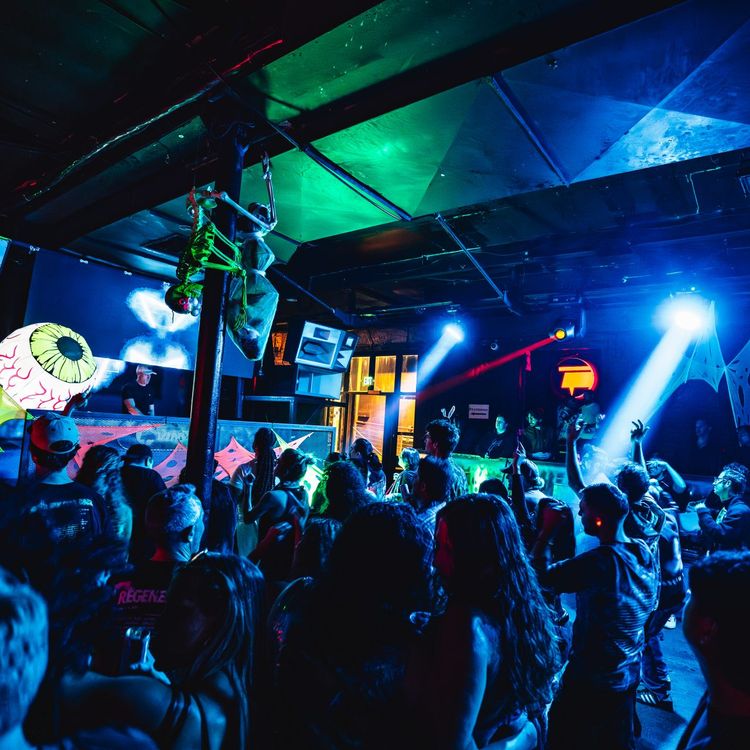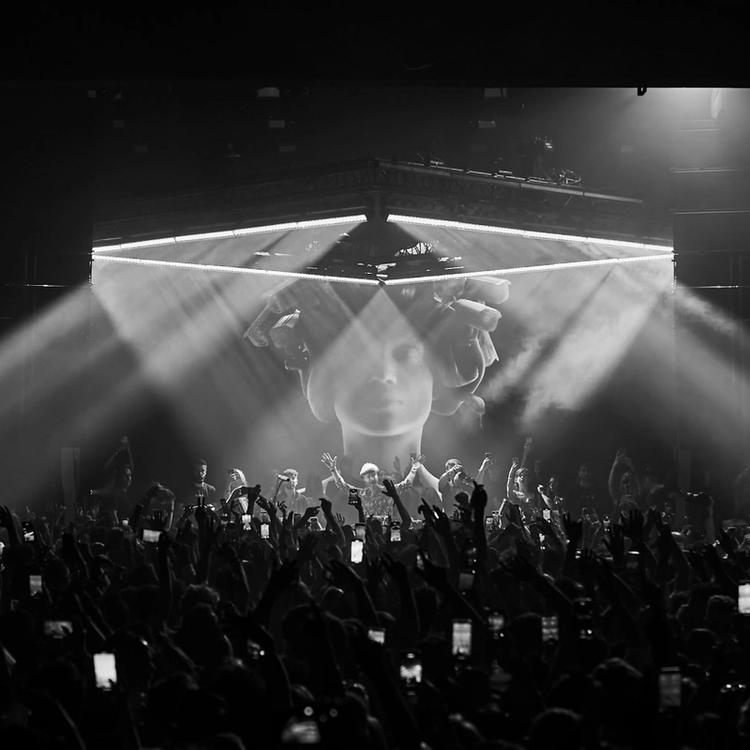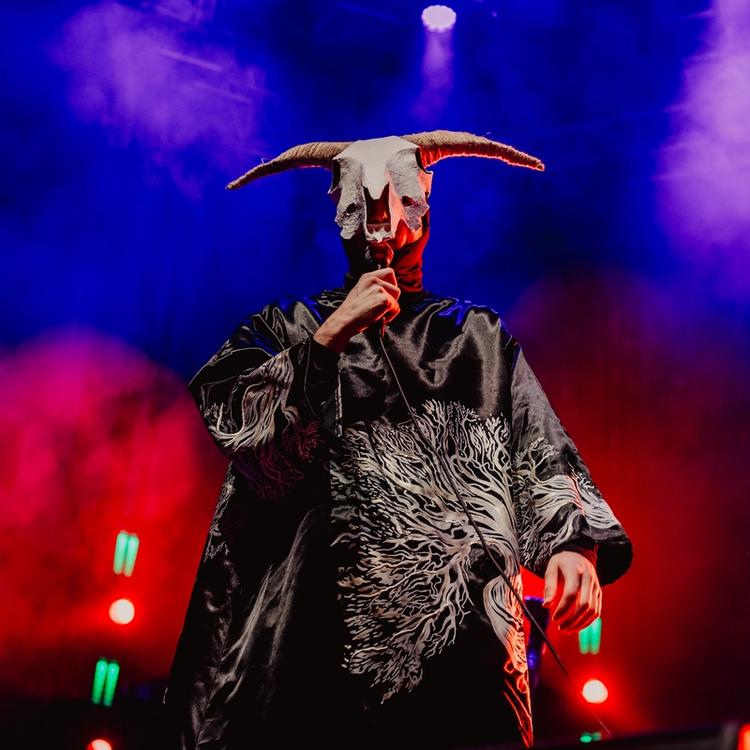Inside the Hardcore Rave Era: Tracksuits, Nike, and the Birth of Jungle Style
In the mid-1990s, the UK rave scene underwent a major shift. Moving away from the blissed-out unity of acid house, the scene splintered into harder, faster, and more aggressive styles. Two of the most significant developments during this time were hardcore rave and jungle.
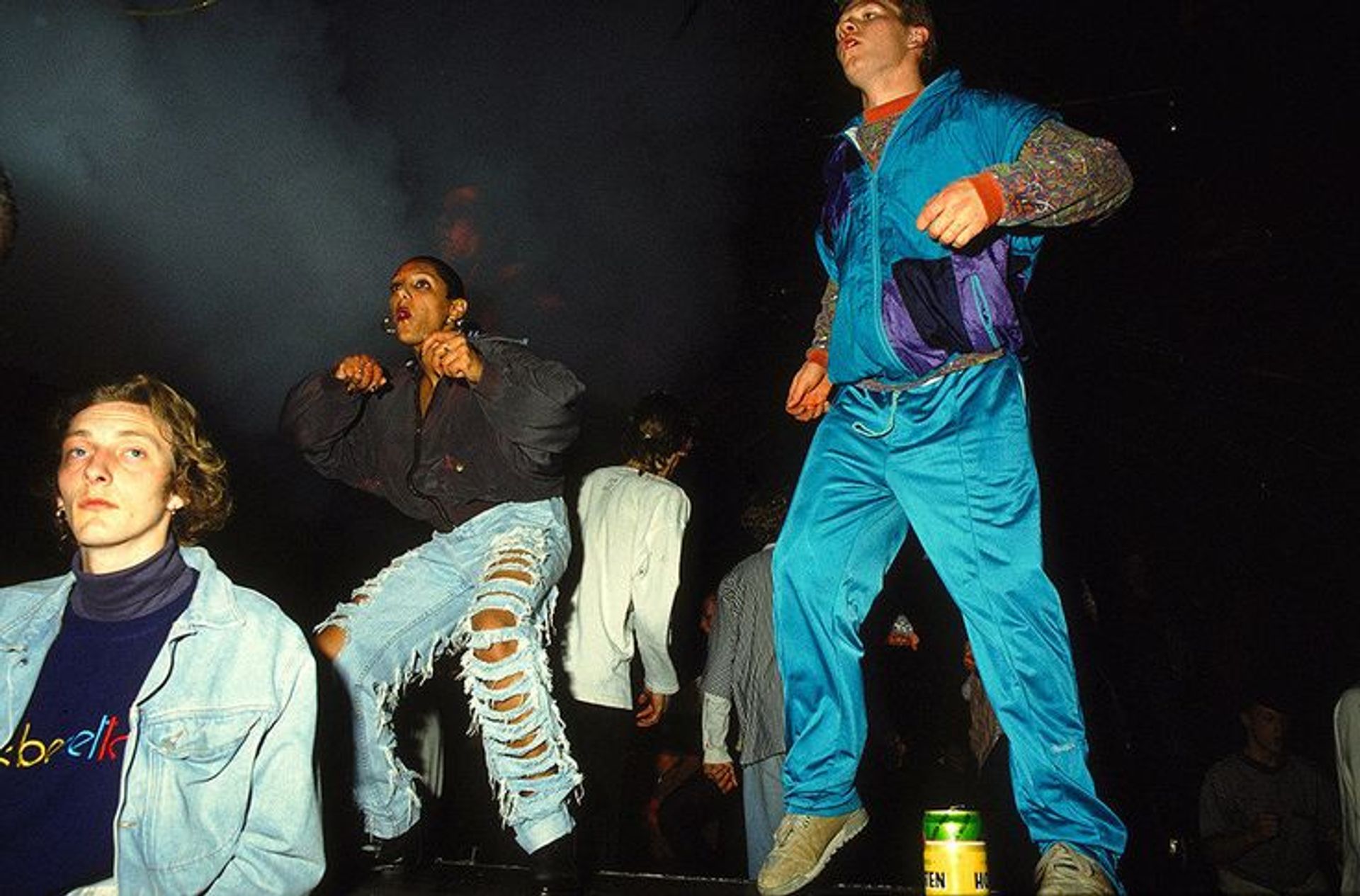
Hardcore rave emphasized high-tempo breakbeats, distorted synths, and a relentless, high-energy atmosphere. Jungle emerged by layering these breakbeats with deep sub-bass and heavy influences from reggae and dub sound systems, creating a distinct UK-born style that would later evolve into drum & bass.
Fashion during this era was closely linked to these new sounds. Ravers moved away from the bright smiley-face aesthetics of the late 80s and early 90s. Instead, they adopted hi-vis jackets, shell suits, and sportswear. Brands like Adidas and Nike dominated, with tracksuits, Air Max sneakers, and Nike TNs becoming standard rave gear. The choice of clothing was both practical and symbolic: it allowed free movement for hours of intense dancing and made a statement against restrictive dress codes in city centre clubs.
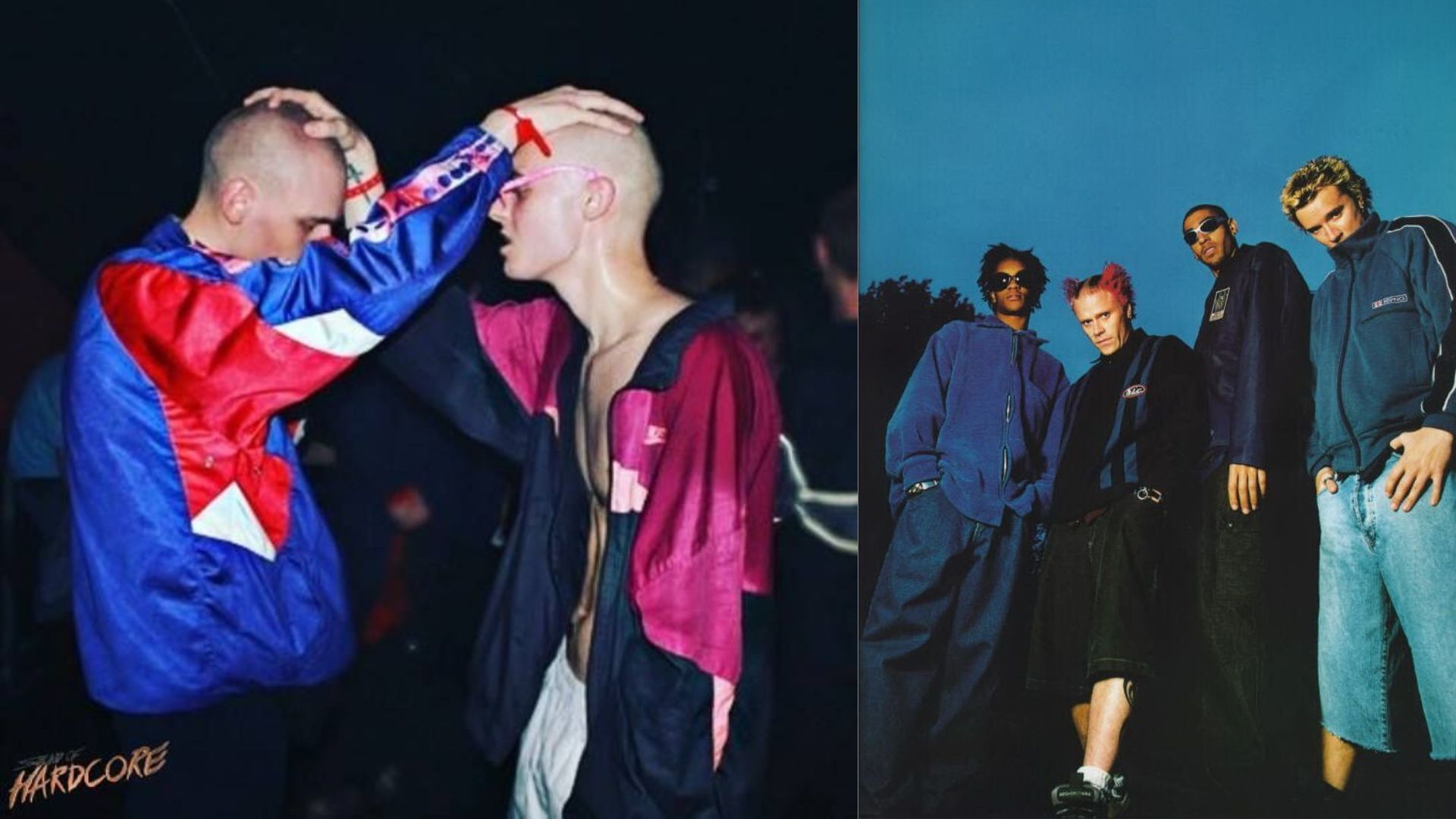
Bucket hats remained popular, but they were now often worn lower over the eyes, adding to the underground, street-inspired look. Fluorescent (fluoro) accessories and cyber-rave elements began to appear, including glow sticks, reflective goggles, and UV-reactive clothing and wristbands.
Musically, the mid-90s rave landscape reflected social and cultural tensions. The rougher sound of jungle and hardcore mirrored the urban environments many ravers came from. Jungle, in particular, was rooted in Black British sound system culture, connecting reggae, dancehall, and breakbeat hardcore traditions. Pirate radio stations played a crucial role in spreading these sounds and building new communities outside the mainstream.
Spaces like Leeds' Subdub and the West Indian Centre were essential to this movement. These venues were known for more relaxed door policies and being free from city centre surveillance and strict dress codes. They allowed ravers to express themselves without fear of being turned away or policed.
By the mid-90s, the scene had become more fragmented and diverse. While house and techno events leaned towards a more fashion-conscious, smart-casual look, hardcore and jungle events celebrated anti-fashion. Comfort, visibility, and individuality were prioritized over style conformity.
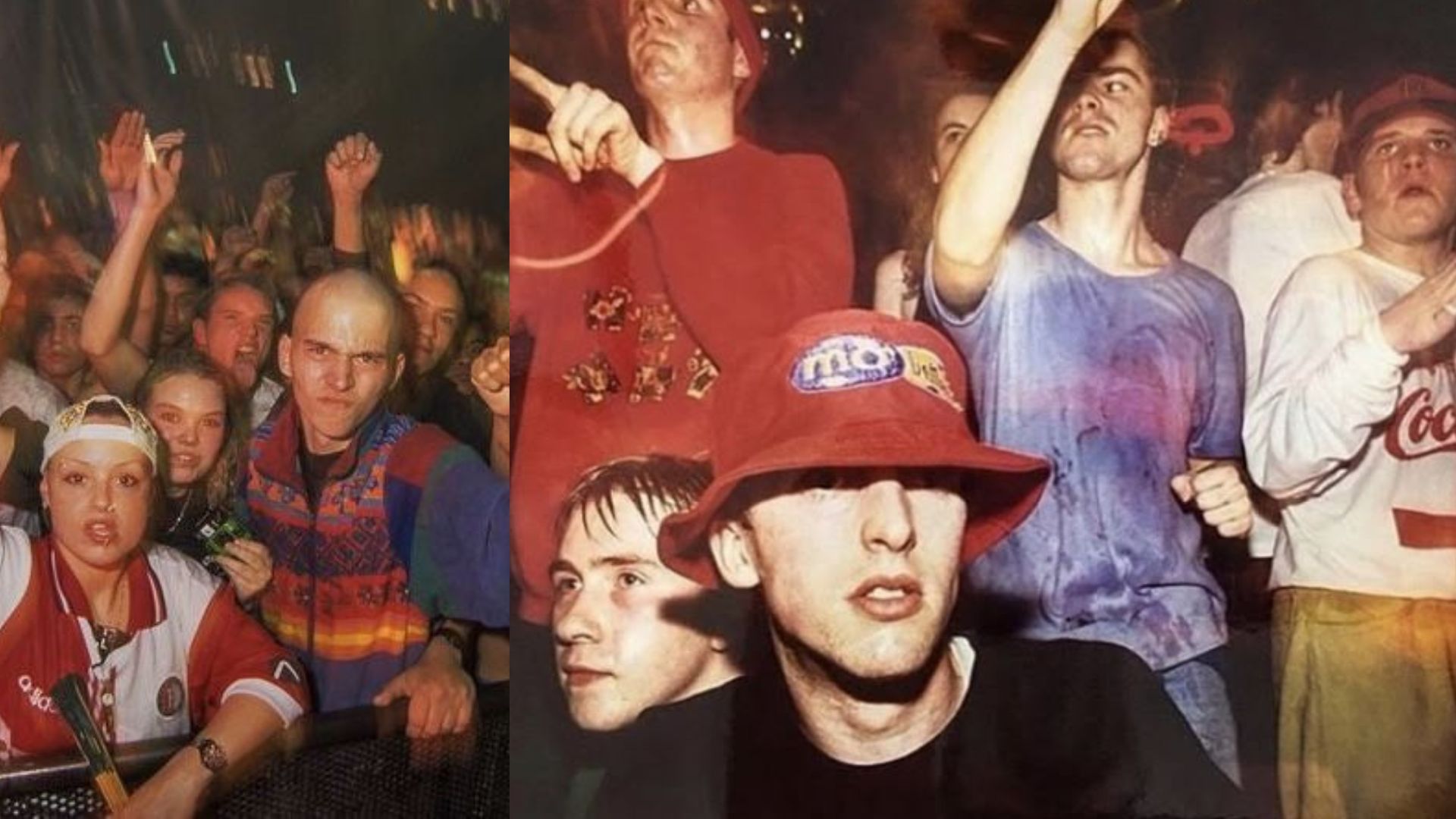
Overall, the hardcore rave and jungle era marked an important chapter in UK dance music history. It highlighted the shift from euphoric unity to a more intense, bass-heavy, and confrontational sound and aesthetic. This period laid the foundation for future subgenres like drum & bass and grime, and its fashion codes continue to influence rave and streetwear culture today.


